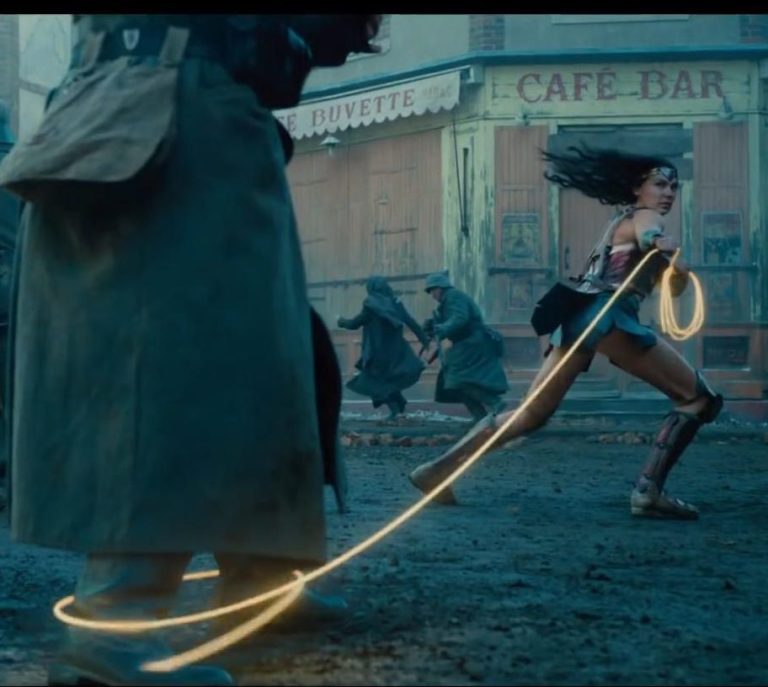3 Keys to Writing Effective Action Scenes
Today’s guest post is by Remy Wilkins. We all want our climaxes and battles, our chase scenes and explosions, to…

Today’s guest post is by Remy Wilkins. We all want our climaxes and battles, our chase scenes and explosions, to…

Subscribe to my email blasts to level up your writing and be notified of upcoming events and offers!
No products in the cart.